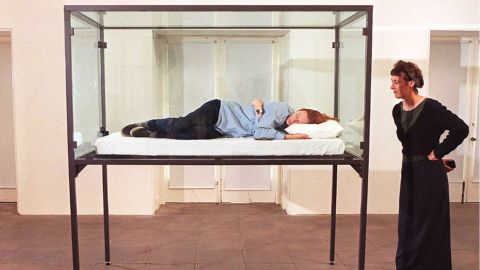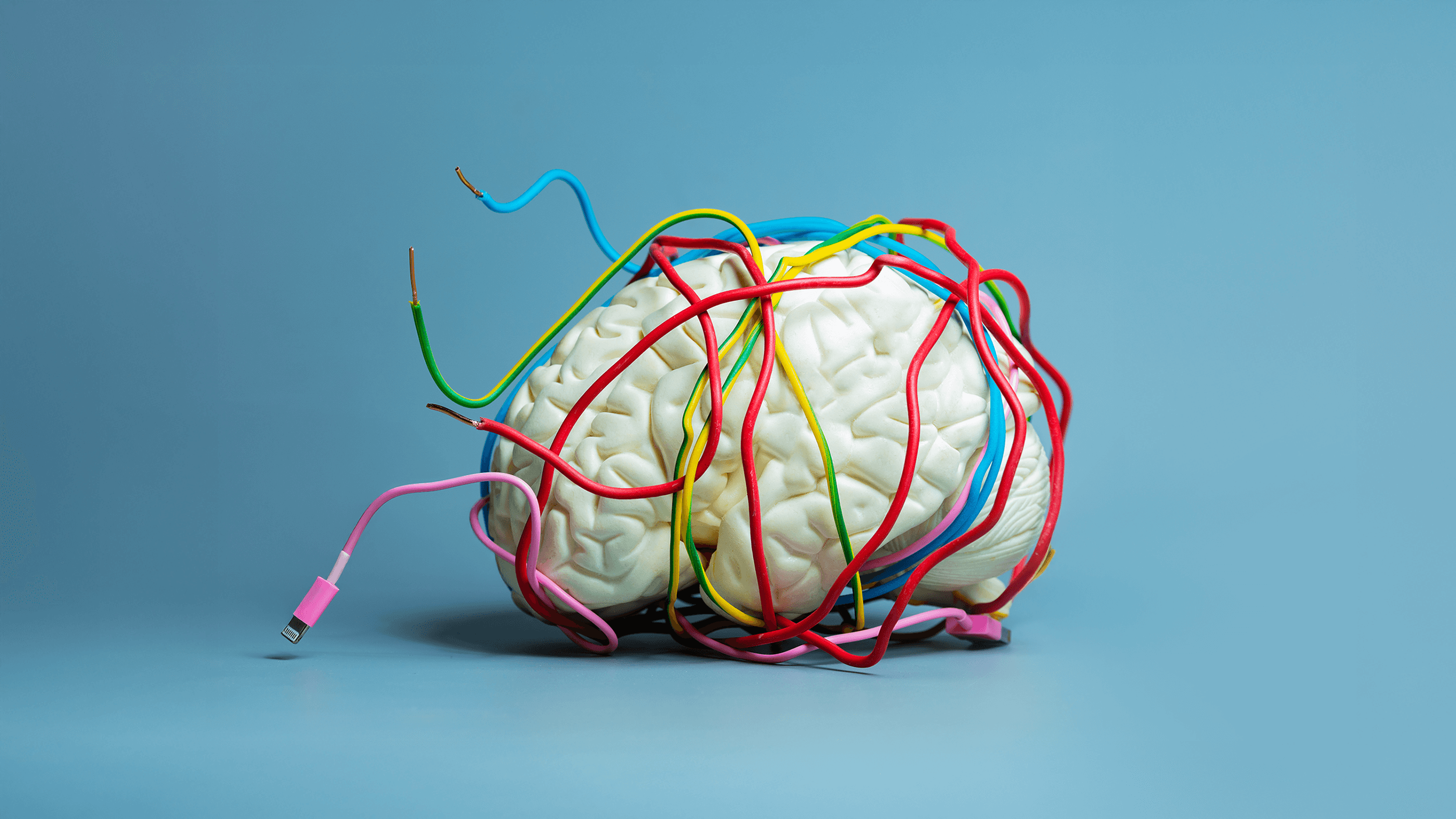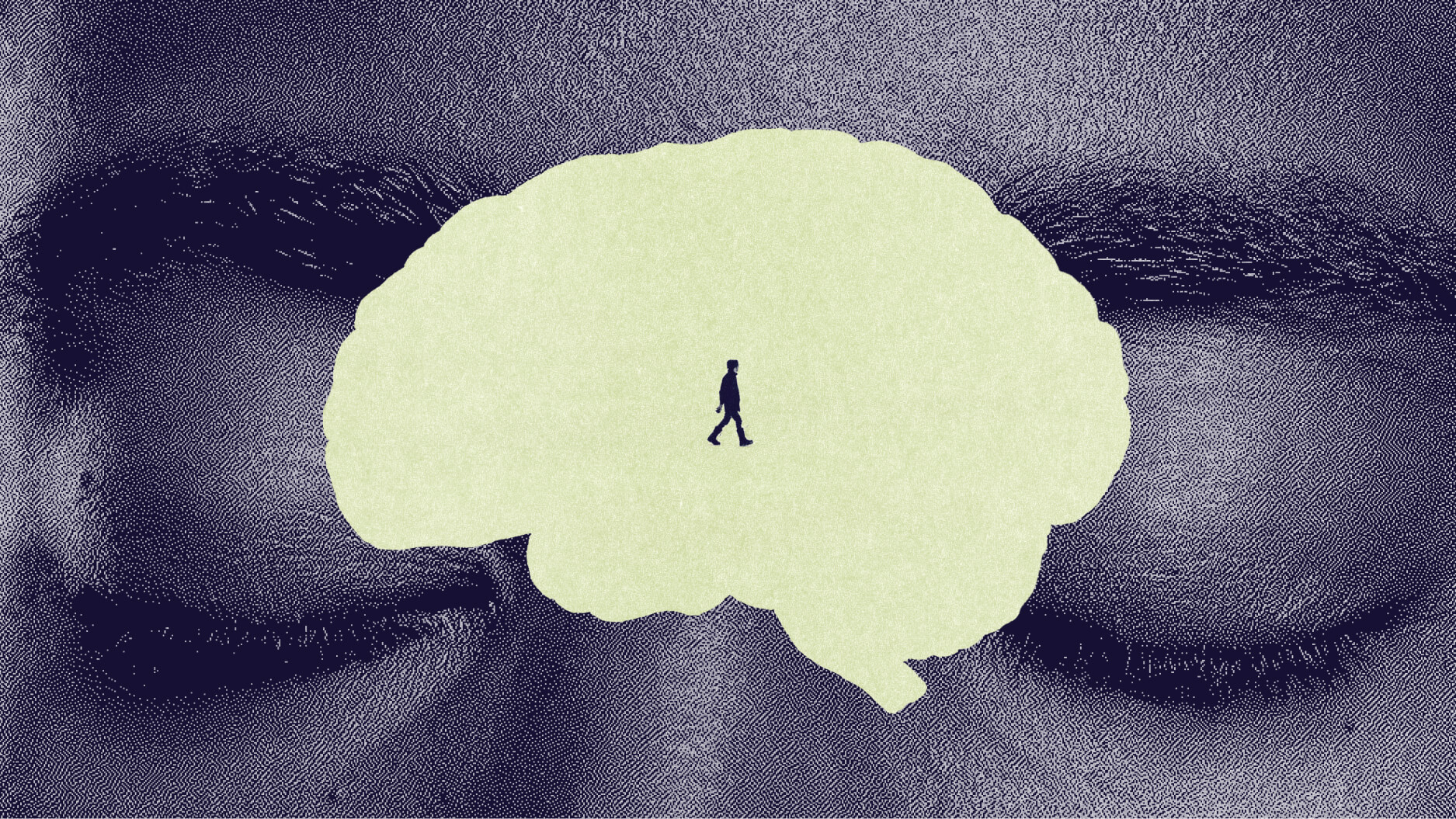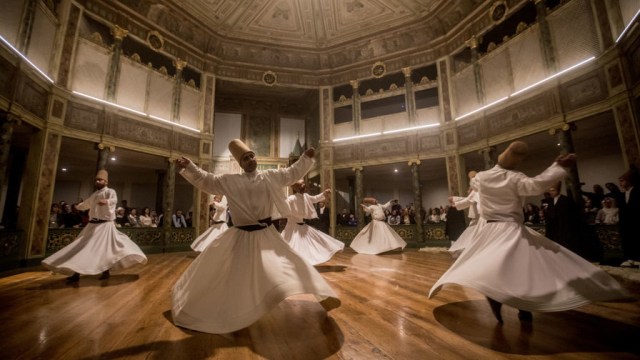How Sound and Smell Cues Can Enhance Learning While You Sleep

My mother is one of five children, so she has plenty of stories about her and her siblings’ misadventures. One of my favourites revolves around my ‘weird’ Uncle Dorsey and his early scientific endeavours. When my mom was about eight years old, her older brother slipped a tape player under her bed every night to quietly play a reading of the poem ‘The Raven’ (1845) by Edgar Allan Poe. Night after night, he would play the tape, trying to test whether she would spontaneously recite the poem from all her exposure. The way she tells it, she woke up every time the recording started to play. Sure, she can still recite the first few lines, but only because she was awakened by the poem night after night.
My uncle never managed to get my mom to ‘sleep learn’, but it turns out that some of his ideas might not have been so misguided. While sleep-learning, also referred to as hypnopaedia, has been debunked, neuroscientists in my lab and others are now discovering ways to use stimuli such as sound cues during sleep to strengthen memories.
Early researchers made the same mistake as Uncle Dorsey, and thought that we could learn new material during sleep by osmosis, à la Aldous Huxley’s Brave New World (1932). Just as in the dystopian novel, experiments attempting this sleep-learning were often based on the false premise that sleep is like a hypnotic state. In the 1920s, some researchers believed that they could teach participants totally new information by playing audio recordings as they slept, and inventors began selling devices based on the idea. It wasn’t much different from the ‘Big Cheese’ (1996) episode of Dexter’s Laboratory, in which the cartoon boy-genius uses a massive gadget to try to teach himself French as he sleeps: it didn’t work.
It wasn’t until the 1950s that researchers discovered the touted effects of hypnopaedia were actually not due to sleep at all. Instead these contraptions were actually awakening people. The debunkers could tell by using a relatively established technique called electroencephalography (EEG), which records the brain’s electrical signals through electrodes placed on the scalp. Using EEG on their participants, researchers could tell that the sleep-learners were actually awake (something we still do in research today), and this all but ended research into sleep as a cognitive tool. 50 years later, we now know it is possible to alter memory during sleep, just in a different way than previously expected.
In 2007, the neuroscientist Björn Rasch at Lübeck University and colleagues reported that smells, which were associated with previously learned material, could be used to cue the sleeping brain. The study authors had taught participants the locations of objects on a grid, just like in the game Concentration, and exposed them to the odour of roses as they did so. Next, participants slept in the lab, and the experimenters waited until the deepest stage of sleep (slow-wave sleep) to once again expose them to the odour. Then when they were awake, the participants were significantly better at remembering where the objects were located. This worked only if they had been exposed to the rose odour during learning, and had smelled it during slow-wave sleep. If they were exposed to the odour only while awake or during REM sleep, the cue didn’t work.
It almost seemed too good to be true. Could we really ‘tag’ memories during learning with a smell and then persuade our brain to rehearse it during sleep? Multiple studies since the initial paper verified the finding, and there were even new variations such as using sound cues instead of odours.
At the cognitive neuroscience Paller Lab at Northwestern University where I work, multiple papers have been published demonstrating that neuroscientists can link a single sound to a single object and reactivate it individually. For example, you could play Concentration and learn that the cat is in the lower left corner, and the tea kettle is in the upper right. When you learn the cat, you hear a meow, and when you learn the kettle, you hear a whistle. Now, if during slow-wave sleep we were to play only one of those sounds such as the meow, you would actually remember the cat’s location even better than the kettle. Keep in mind, both of these items were initially learned equally well, showing that the sleep-cueing preferentially helped the cat. This ability to select specific memories to reactivate is called targeted memory reactivation (TMR).
We call it TMR because we believe that playing a sound cue like this reactivates the memory of learning the object’s location from the previous task. My lab believes this replay of the memory allows the brain to strengthen its memory representation, thus leading to better recall. Working with rats, the brain scientists Daniel Bendor and Matthew Wilson of the Massachusetts Institute of Technology found exactly this expected replay when they administered sound cues related to previous learning.

Henri Rousseau [Public domain], via Wikimedia Commons
Neuroscientists are now starting to put TMR to work. One recent study from my group operated a lot like the video game Guitar Hero, where the player takes centre stage as the musician. James Antony, now a postdoc at Princeton University but a graduate student at the time, had participants learn two musical sequences on a keyboard. The songs were composed of four notes, which appeared as falling circles, much like the actual game. After learning both songs equally well, participants took a nap, and Antony cued them with one of the songs. When they were retested after sleep, participants were better at the sleep-cued song than the uncued one. Think of how quickly you could learn a new musical instrument or song, just by reminding your sleeping brain of previous learning!
Though some translational research has started to surface, we still don’t know the boundaries of TMR or sleep-cueing in general. In a 2017 paper, the postdoctoral researcher Laura Batterink from my lab and colleagues found that TMR cueing in combination with REM sleep led to better recall of words that were cued during an afternoon nap. This research seems to point to REM sleep as a beneficial state when cued memories are integrated into preexisting memory networks.
Outstanding questions that we have yet to address include: does this work for foreign-language learning (ie, grammar learning), or just learning foreign vocabulary? Could it be used to help maintain memory performance in an ageing population? Does reactivating some memories mean that others are wiped away even more quickly?
I’m personally interested in how these reactivated memories might be changing due to these cues. My current projects are aimed at investigating whether cueing causes the whole memory to maintain detail or whether these cues might be consolidating the ‘gist’ of the memory and losing extraneous detail. Alternatively, TMR might help to boost all aspects of memory consolidation and show cognitive costs only for uncued items.
We have some hunches, and new projects to address these questions are cropping up all the time. But we’re still on the frontier of understanding the sleeping brain. For an activity that we do for about one third of our life, there are more questions than answers. Maybe weird Uncle Dorsey and his Poe tapes actually were prescient of the future of sleep research.

Sadie Witkowski
—
This article was originally published at Aeon and has been republished under Creative Commons.





